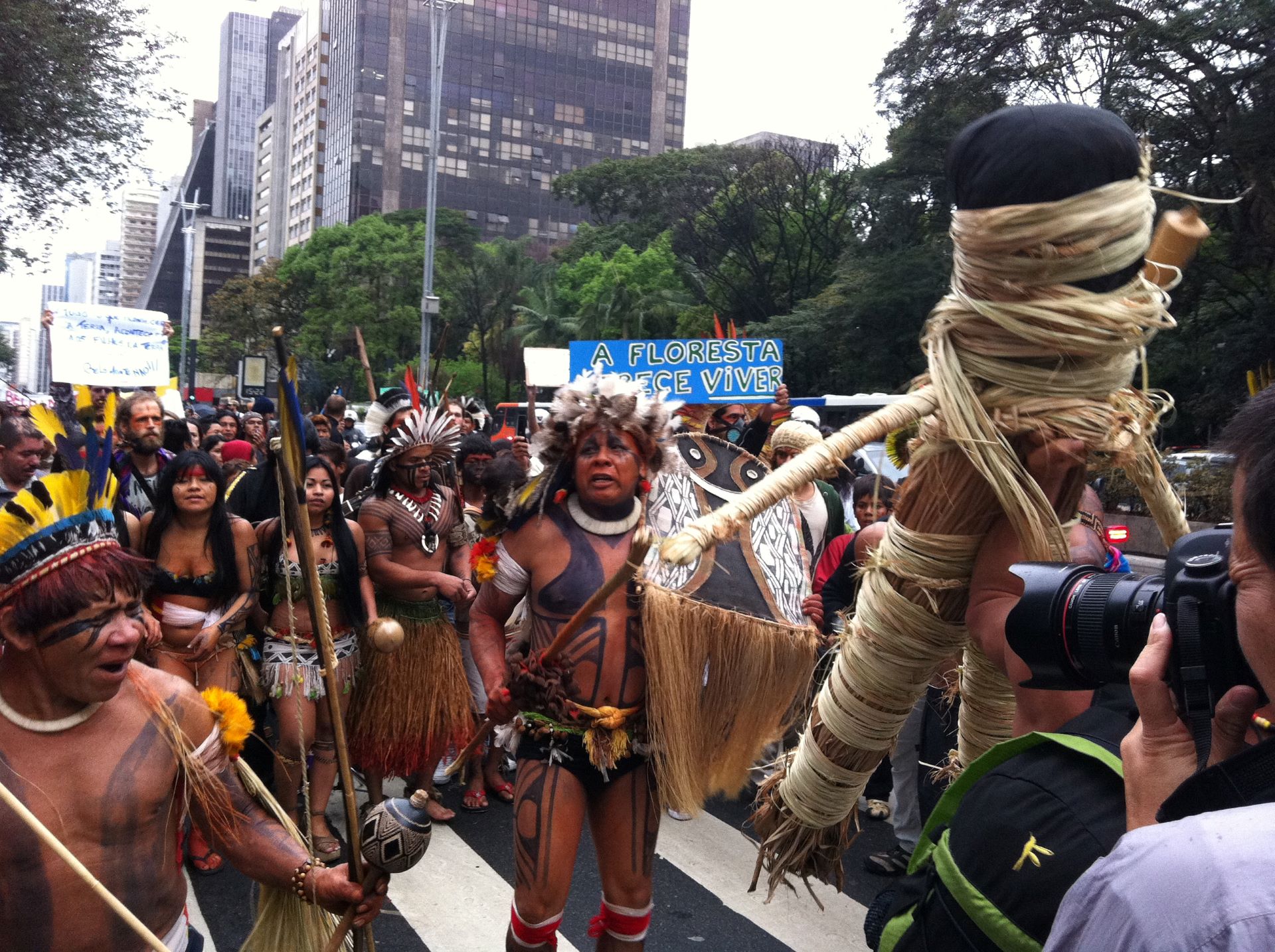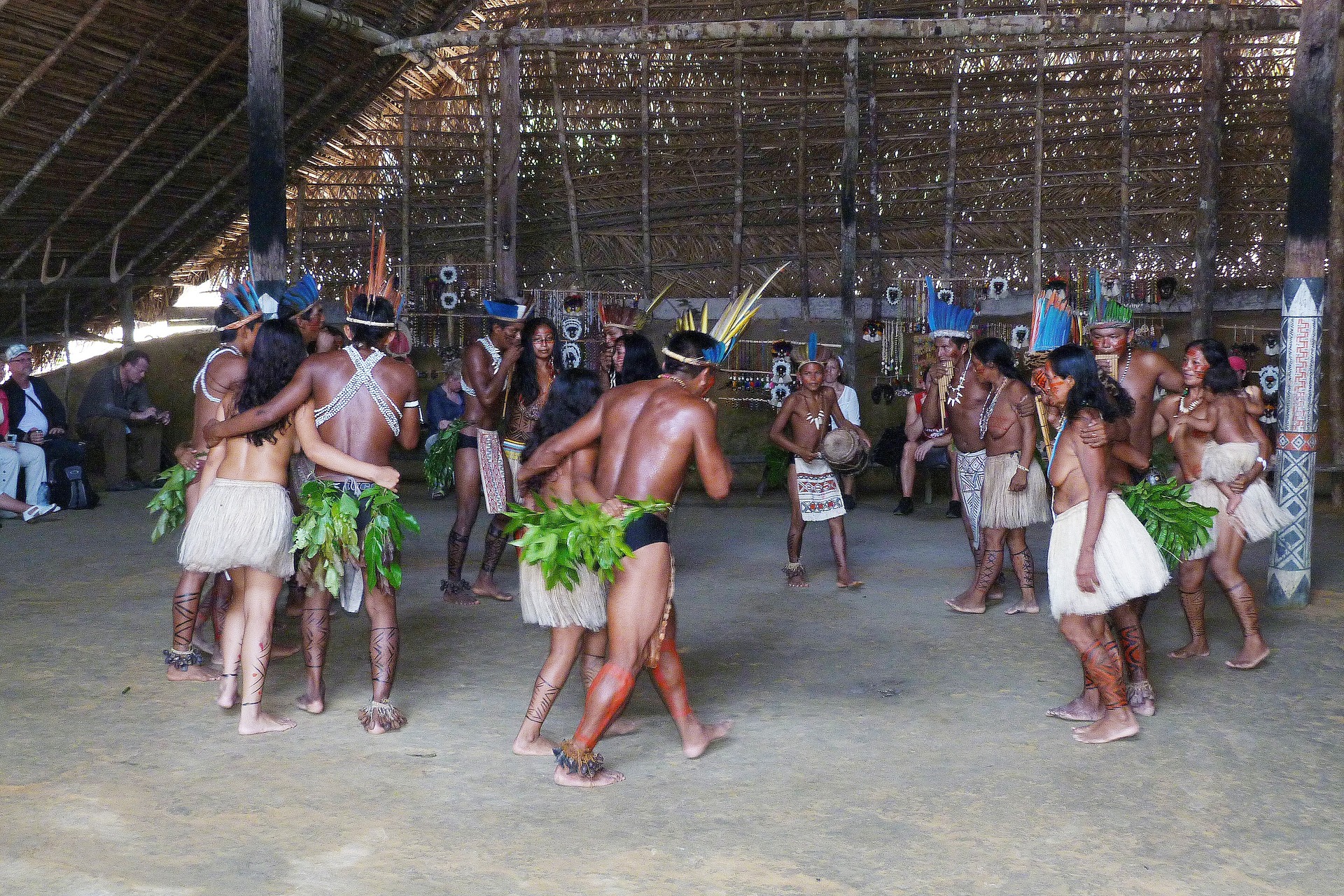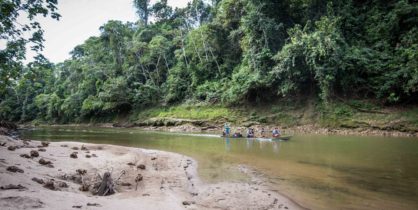The Ministry of Indigenous People in Brazil Under Scrutiny
In the third term of President Lula, Brazil faces critical questions about indigenous policies, rights, and conservation.
Brazil has, since January 2023, a new-old president. Luiz Inácio da Silva, who was president between 2003 and 2010, was elected for a third term, and the expectations of activists for indigenous and environmental causes were the best possible, despite some caution due to the Workers’ Party’s past, such as the construction of the Belo Monte hydroelectric plant, considered illegal by the Inter-American Commission on Human Rights (IACHR), part of the Organization of American States (OAS) mechanism, and with a significant impact on indigenous and traditional peoples in the region amounting to ethnocide.
Lula da Silva appointed environmentalist Marina Silva as the Minister of the Environment upon taking office, however, Marina had previously served in one of his earlier governments and left the position after disagreements on environmental issues. Similarly, Dilma Rousseff, Lula’s successor, was responsible for the construction of the Belo Monte Dam.
Contrasts and Destruction
“After the dismissal of Marina Silva in 2008, we already see a series of issues crumbling, for example, in Lula’s own government, direct confrontations on environmental issues,” said indigenous activist Ariene Susui to REVOLVE. Despite some progress in the indigenous and environmental areas, she explains that “there is a lot of regression too, as seen in the creation of Belo Monte, which had a significant impact, with many activists and indigenous leaders opposing it, but Belo Monte was still built.”
Indigenous conservationist Olinda Muniz agrees. For her, the Lula and Rousseff governments both advanced and regressed on indigenous and environmental issues. They were governments of contrasts that also sought to “serve the interests of groups deeply connected to environmental destruction,” she explained to REVOLVE.
Lula and Rousseff governments both advanced and regressed on indigenous and environmental issues.
The 4 years of the Bolsonaro government, however, were even worse. Muniz explains that “indigenous and environmental policies were completely dismantled. Bolsonaro encouraged mining on indigenous lands, dismantled the structures of environmental agencies, making inspections impossible, granted amnesty to deforesters, and ensured impunity.”

According to her, it was one of the worst periods of destruction of Brazil’s biomes and attacks on indigenous communities.
Third Lula Government
The fact is that, immediately upon assuming his third term, Lula created a new ministry, the Ministry of Indigenous Peoples, putting indigenous leader Sônia Guajajara in charge. The significance of such a ministry cannot go unnoticed. Eunice Kerexu, Secretary of Environmental and Territorial Rights of Indigenous Peoples at the Ministry of Indigenous People, told REVOLVE that “this ministry is a ministry fought for, thought about, dreamed of by our leaders, our prayers, our ancestors.”
“The Lula government comes at this important moment to concretize and repair, to bring the reparation of this historical debt that we have here in Brazil since 1500,” she said, adding that the ministry’s role is to “bring indigenous policy, also the recognition and guarantee and promotion of the rights of indigenous peoples, the recognition, demarcation, defense, exclusive use and management of indigenous lands and territories, the well-being of indigenous peoples, the protection of recently contacted isolated indigenous peoples, and also to talk about international agreements and treaties.”
The Lula government, despite some errors in the past, shows maturity. The creation of the Ministry of Indigenous Peoples is historic and brings hope.
Ariene Susui, indigenous activist
Immediately after the creation of the Ministry, the government began sending aid to thousands of Yanomami indigenous people who were being targeted by illegal miners on their lands in northern Brazil. These miners, who acted with the complicity of the previous government of the extremist former president Jair Bolsonaro, were responsible for rapes, numerous cases of violence, poisoning of rivers, and the deaths of hundreds of indigenous children and adults due to malnutrition and easily treatable diseases.
“The Lula government, despite some errors in the past, shows maturity. The creation of the Ministry of Indigenous Peoples is historic and brings hope,” explained Susui.
Caetano Scannavino, coordinator of the NGO Health and Joy Project, which operates in the Amazon region, told REVOLVE that “the majority of Brazilian society spoke out against deforestation in the Amazon and the violation of indigenous rights, so I believe that Lula has to take advantage of this position and bring society’s outcry for these causes.”
The big question is whether Lula will effectively take advantage or, as in previous governments, will only try to use the indigenous and environmental cause as a form of propaganda. One year later, however, it is still challenging to find an answer.
The Present
Despite reasons for hope, after one year in office, little has changed for Brazilian indigenous communities, which continue to be threatened by illegal miners and farmers throughout the country. The Yanomami population, who received emergency assistance and saw army actions against invaders, is once again at risk and facing hunger and malnutrition.
In other parts of the country, conflicts continue to occur. In early 2024, in the northeastern state of Bahia, a woman from the Pataxó Hãhãhãe ethnicity was killed, and Avá-Guarani indigenous people were attacked and injured in the southern state of Paraná. It took a Supreme Federal Court minister to intervene and order intervention in the region to prevent the conflict from spreading. In 2023, cases of assault, attacks, conflicts, and murders continued to multiply, as did cases of suicide among members of the Guarani-Kaiowá ethnicity, reaching record numbers.

Undoubtedly, the creation of a ministry was not expected to solve overnight the series of problems and conflicts involving the indigenous population and invaders of their lands. However, as journalist Josias de Souza wrote, the “drama of the Yanomami challenges the Lula administration to show results,” just as indigenous activist and writer Daniel Munduruku denounced that the Ministry of Indigenous Peoples “only cared about festivities” during its first year.
“We saw much more of Minister [Sonia Guajajara], especially traveling to various parts of the world, and less of her actually working within Brazil, within indigenous areas,” he told Folha de São Paulo.
In addition to criticism of the ministry’s performance, there is also a lack of funds. Ministries related to minority and human rights receive among the lowest funds, limiting their actions – and compromising the government’s official discourse of immense concern for issues related to these topics. In May of last year, Minister Guajajara had already criticized President Lula, expressing frustration over the weakening of the ministry under her command and also of the Ministry of the Environment.
Congresswoman Célia Xakriabá, also an indigenous leader and Coordinator of the Parliamentary Front in Defense of the Rights of Indigenous Peoples, denounced the government’s lack of effort to prevent the approval of projects contrary to the interests of indigenous peoples in Congress.

While, on one hand, the third Lula government sought to place indigenous people at the center of discussions and power, on the other hand, it succumbed to the pressures of allies and kept them in the background.
The lack of a more consistent action by the ministry itself has been the target of criticism, as well as the government’s lack of resolve at various moments. On January 9, President Lula, in a ministerial meeting, stated that indigenous people and particularly the Yanomamis are a “state matter.” The big question is whether it is just rhetoric or if actions will be taken, such as expanding funds and powers of the ministry and acting to contain and resolve conflicts. So far, much is just rhetoric and empty promises while Brazil’s indigenous suffer as they have been for over 500 years.
Brazil’s indigenous populations in numbers
Indigenous population in Brazil: 1.693.535, or 0,83% of the Brazilian population of about 214 millions. They speak around 200 different languages.
The majority of the country’s indigenous peoples (51.25% or 867.9 thousand indigenous individuals) lived in the Legal Amazon, a region composed of the states of the North, Mato Grosso, and part of Maranhão.
The two states with the highest number of indigenous people, Amazonas (490.9 thousand) and Bahia (229.1 thousand), concentrated 42.51% of the total population in the country.
In 2022, Manaus was the Brazilian municipality with the highest number of indigenous people, with 71.7 thousand. The Amazonian capital was followed by São Gabriel da Cachoeira/AM, which had 48.3 thousand indigenous inhabitants, and Tabatinga/AM, with 34.5 thousand.
Yanomamis in Brazil: Around 20 thousand Yanomamis living in Brazil, particularly in the north of the state of Amazonas, close to the Venezuelan border (where 10-15 thousand Yanomamis also live) divided into 228 communities. The mostly live in the Indigenous Yanomami Land, covering 96.650 km² along with other 7 indigenous people and an unknown number of isolated and uncontacted indigenous peoples.
Other Brazilian tribes: Guarani; Ticuna; Kaingang; Macuxi; Terena; Guajajara; Xavante; Potiguara; Pataxó, Krahô-Kanela

